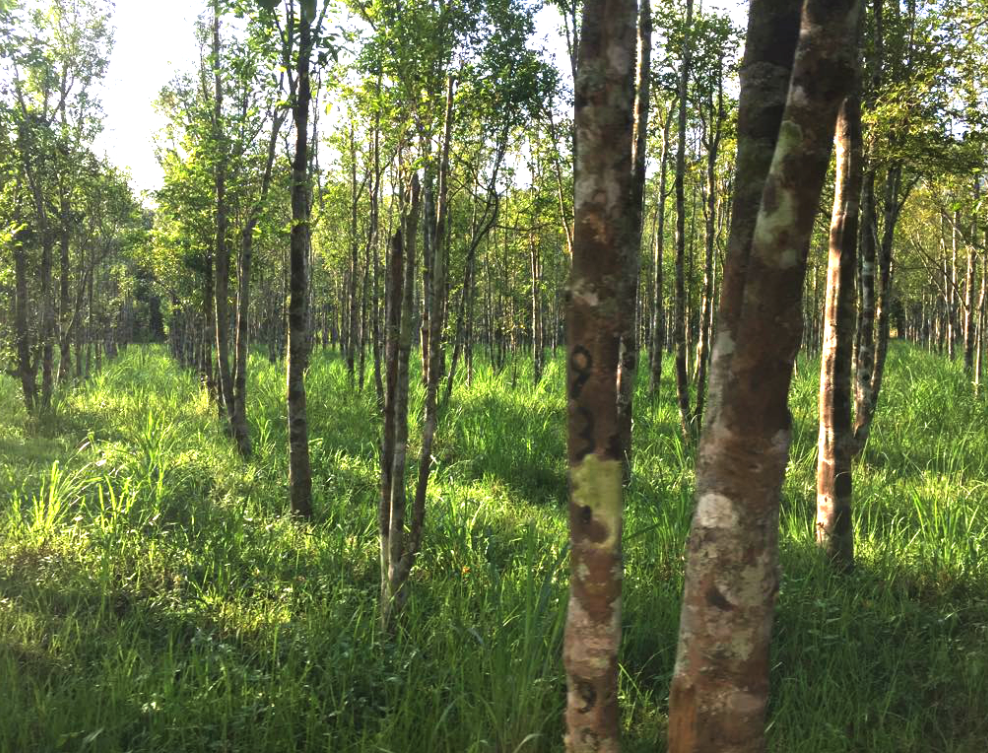
Absolutely, there is no denying the fact that there has a long history of use of Agarwood, which is also called aloeswood, gharuwood, or eaglewood. It is a fragrant dark resinous wood most of the time used in perfume, incense, and little carvings. Agarwood is formed in the heartwood of Aquilaria trees by the time these trees get infected with a kind of mold.
Origins of Agarwood
As mentioned previously that Agarwood has a long history of use, thus it traces back to various lands of the world. It originates from 2 or 3 species of Aquilaria that grow in the Eastern Indian states through Burma, Bangladesh, Indochina, Thailand, and Papua New Guinea.
History of Agarwood in Japan
Going with the Japanese texts, the earliest records regarding agarwood dates back to the year 595 AD in Nihon-Shoki. According to the archives of Japan, the people (being unaware of its importance) in that era used to make use of the agarwood with other firewood for burning to cook the food. The smoke wrapped up with delicious perfume would spread far and wide.
Reasons for Agarwood Being So Expensive
If you get natural agarwood, it will cost you much expensive, as it is very valuable. The actual agarwood’s cost turns out to be 100 times higher than an artificial one. Artificial agarwood, as very commonly found everywhere, is human-made, thus the pricing for the same is quite low.
Since the demand for oud is quite high, you will rarely find agarwood-producing trees in your surroundings. If you want to get higher quality agarwood, it could cost you around $30,000 per kilogram.
How Does it Smell?
The popularity of agarwood becomes high due to the fact that it has a long history of use. But since it is now rare, the cost has shot to heights. Talking about its smell, agarwood carries a ‘woody’ scent. But the notes of bright fruits and soft florals make its smell unusual. You may also stumble upon the notes of musk and vanilla in their smell.
About Incense
An aromatic biotic material, incense releases sweet-scented smoke when burned. It is often used for religious worship, aesthetic reasons, ceremony, aromatherapy, and meditation. Incense is a combination of aromatic plant materials which are often mixed with essential oils. It is said that incense was used in India and other parts of Southern Asia in early 3300 BC, and then its spread reached China around 2000 BC.
Beginning of Incense in Japan
In 595, incense wood was traced for the first time during the rule of Empress Suiko. In the mid of 6th century, Buddhism was introduced in Japan, therefore together with the images of Buddhists and sutras, incense and its implements were imported.
Types of Incense Used in Japan
In Japanese incense, agarwood, fragrant woods, and sandalwood are the ingredients quite common and in use. These trees exude fragranced resin that turns into koboku.
Agarwood in Today’s Time
Unluckily, because of over-harvesting and due to the reason that the resin-dense wild agarwood takes massive time to develop, agarwood is not widely available as it was in the past (in historical times). In the end, there is really no denying in saying that agarwood has a long history of use though it is hardly found today.